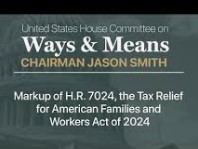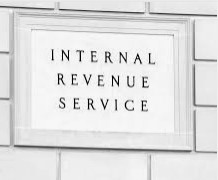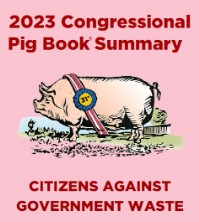
The Research and Development (R&D) Tax Credit is a valuable incentive offered by the US government to encourage innovation. However, calculating this credit can involve complex formulas and historical data analysis. This is where the Alternative Simplified Credit (ASC) method comes in, offering a streamlined approach for qualifying businesses.
Traditional vs. Alternative Simplified Credit Calculation
The Regular Historical method for calculating the R&D Tax Credit involves a complex formula that requires the calculation of a fixed base percent using information most companies do not have (1984-1988 financial information). The ASC method offers a simpler alternative, particularly for companies that don’t have extensive R&D history or lack the resources for a detailed analysis. Here’s what you need to know:
- Eligibility: The ASC method is available to all companies with QREs in the current tax year and the previous three tax years. Exceptions do apply for any previous year of the three prior years with no QREs.
- Calculation Steps:
- Identify Average QREs: Calculate the average of your qualified research expenses from the preceding three tax years. Or, zero if you do not have a prior three years of qualified expenses.
- Apply Base Percentage: Multiply the average QREs by 50%.
- Determine Creditable Excess: Subtract the result from Step 2 (base amount) from your current year’s qualified research expenses.
- Apply Credit Rate: Multiply the creditable excess by 14%.
Benefits Of The ASC Method
- Simplicity: The ASC method requires less data and offers a straightforward calculation approach.
- Reduced Time and Costs: Businesses can save time and resources compared to the traditional method.
- Accessibility: The ASC method makes the R&D Tax Credit more accessible to smaller companies or startups.
Considerations Before Using The ASC Method
- Potential Benefits: With a detailed estimate analysis, both methods can be evaluated. If the proper documentation is available, the most advantageous method will be suggested. When engaged, we will document accordingly.
- Businesses with significant and consistent R&D expenses might benefit more from a detailed analysis.
- Professional Guidance: Regardless of the chosen method, seeking the advice of a qualified tax professional is recommended to ensure you maximize your R&D Tax Credit potential and comply with regulations.
Read More





























Recent Comments